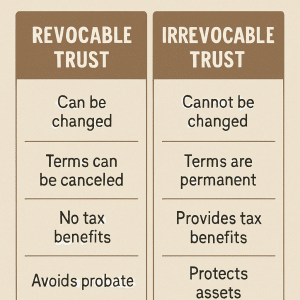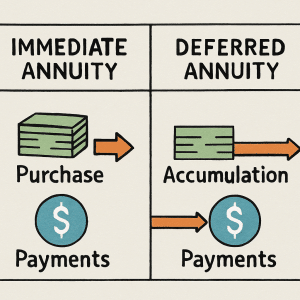How Much Do I Need to Retire?
According to Fidelity Investment’s Retirement Mindset Study, only 18% of Americans have a comprehensive written retirement plan.
In this guide, we’ll walk you through the factors that impact how much money you’ll need to retire. We’ll also explain how to calculate the income you’ll need, step-by-step.
How to calculate how much you’ll need to retire in 4 steps:
- Age at which you wish to retire
- Essential living expenses in retirement
- Guaranteed income from social security, pension, annuity, etc.
- A retirement income withdrawal strategy with a high probability of success
Calculate Your Retirement Living Expenses
The first step in calculating how much money you will need to retire is to estimate your retirement living expenses. The first category to think about is your must-haves. These include
things like food, clothing, and shelter, but could also be anything you absolutely want to make sure you have in retirement.
The second category to consider is discretionary expenses—things that may be important to you but aren’t necessary and could be cut back on in a pinch. You can download our retirement planning worksheet PDF which will help you estimate what your annual expenses will be once you’ve retired.
Sources of Lifetime Income
The next step in preparing a retirement income plan is to list all your sources of income that are guaranteed to last your lifetime – for you and your spouse or partner, regardless of how long you live. The most common sources are social security, pension income, and income from an annuity.
You can use this Social Security Income Benefit Estimator to get a good idea of what you can expect your annual Social Security Benefit to be.
Now that you have determined your estimated retirement living expenses and guaranteed lifetime income it’s time to determine if you will have an income gap or a surplus.
How Much Do You Need?
The next step in calculating how much money you’ll need to retire is to subtract your annual living expenses from your annual guaranteed lifetime income amount. Using this income gap we’ll be able to get a good estimate of exactly how much money you will need to retire.
In order to have a financially secure retirement you’ll want to have enough money saved to generate annual income to cover the income gap we’ve just established. There are quite a few variables that impact just how much retirement savings you’ll need to safely cover your income gap for as long as you live.
4% Withdrawal Rule
The Four Percent Rule is a rule of thumb used to determine how much a retiree should withdraw from a retirement account each year. This rule seeks to provide a steady income stream to the retiree while also maintaining an account balance that keeps income flowing through retirement.
Experts are divided on whether the 4% withdrawal rate is safe, as the withdrawals will consist primarily of interest and dividends.
For decades financial experts believed 4% to be the amount you could safely withdraw from a retirement portfolio annually without outliving your money. However, the 4% rule was established based on historical data on stock and bond returns from 1926 to 1946. The 4% rule is highly debated today and many retirement experts believe a safe withdrawal rate is now probably closer to 3.5%.
Assuming the 4% withdrawal rule is still accurate you would need $1,000,000 to safely generate $40,000 of annual income. If your income gap was $20,000 annually you’d need to have $500,000 to safely withdraw $20,000.
Guaranteed Lifetime Income Using an Annuity
Annuities are commonly used in a retirement income portfolio because they are the only financial instrument that can guarantee an income for as long as you live. I always prefer to use an annuity to generate the income needed to fill the “income gap” for my clients when it is possible.
If you completed the retirement income planning worksheet we provided above you’ll have two separate income gaps. One gap is the difference between annual income and all retirement living expenses and the other is the difference between your guaranteed annual income and your necessary retirement living expenses.
In almost all cases I think it’s best to create enough guaranteed lifetime income with an annuity to cover the necessary living expenses. To me, covering the discretionary expenses with an annuity isn’t as important as discretionary withdrawals can be made from the portfolio.
The below table shows how much guaranteed lifetime annual income a $100,000 annuity will generate at the time this was written.
| Retirement Age | Annual Income |
|---|---|
| 60 | $4,968 |
| 61 | $5,076 |
| 62 | $5,184 |
| 63 | $5,292 |
| 64 | $5,400 |
| 65 | $5,508 |
| 66 | $5,616 |
| 67 | $5,724 |
| 68 | $5,832 |
| 69 | $5,940 |
| 70 | $6,048 |













